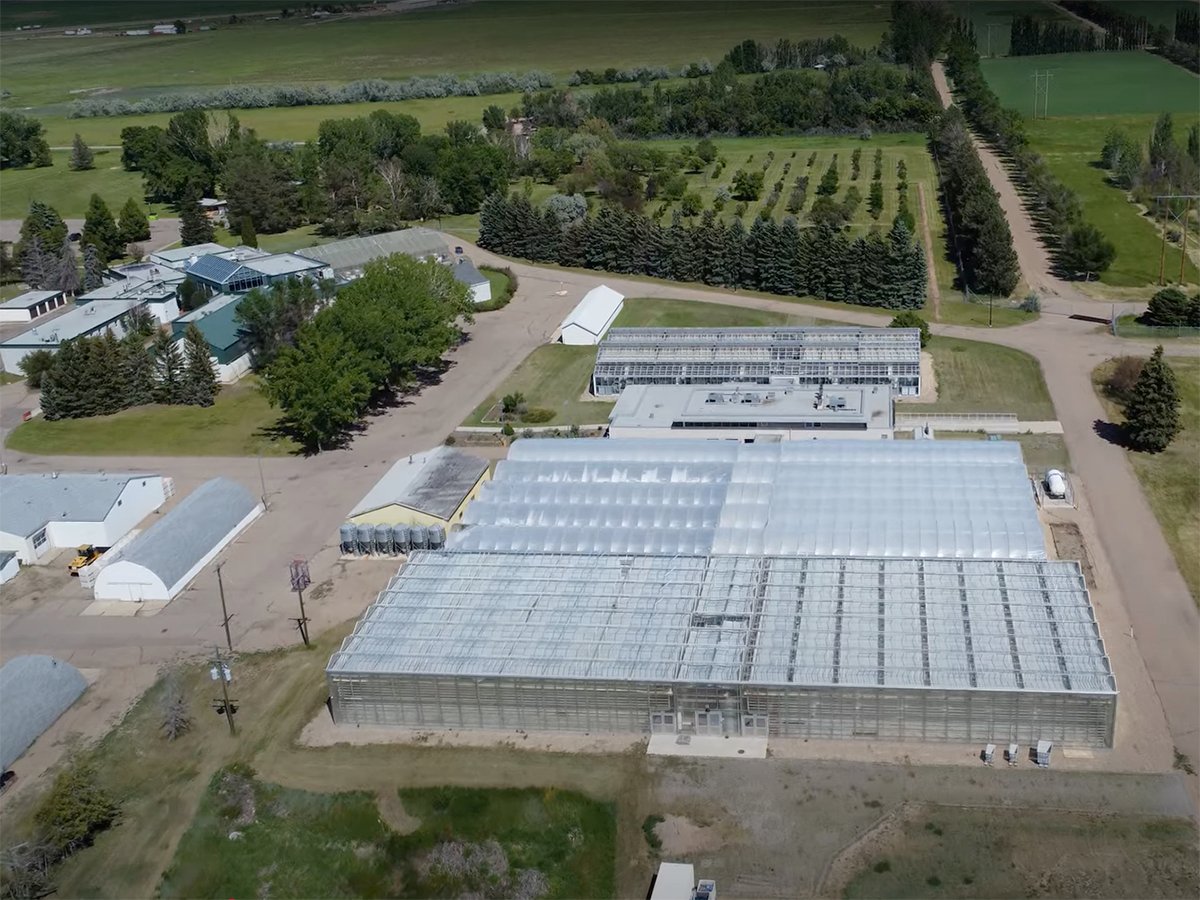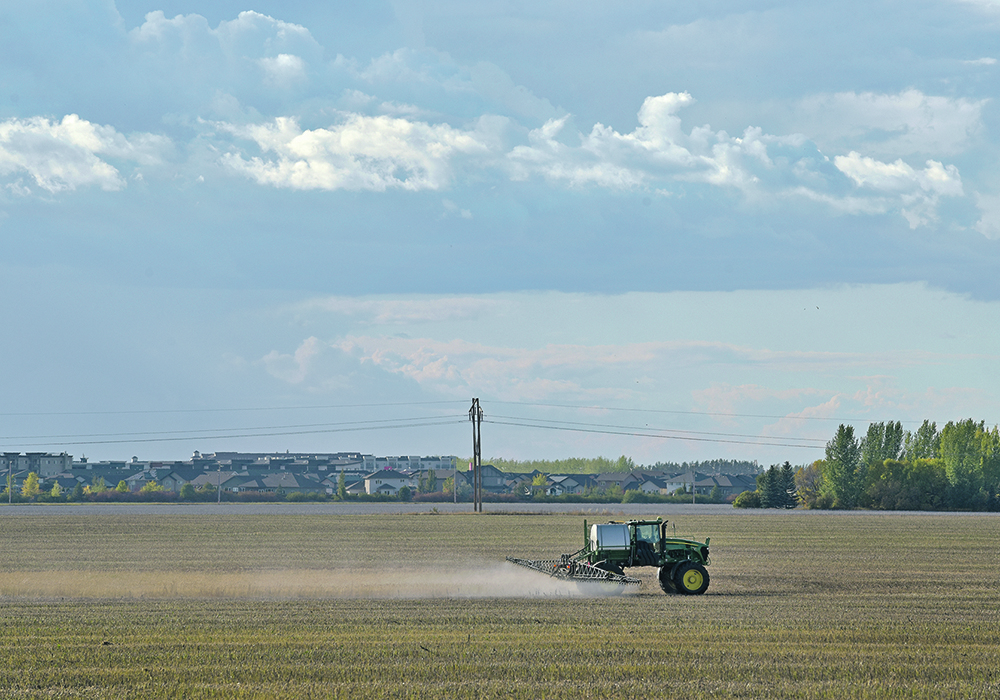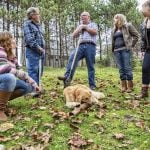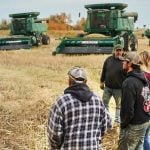Prof says small acreage developments can be more problematic than a large housing subdivision on the fringe of a city
By 2070, Canada’s population could hit 70 million. That’s a maximum growth scenario, based on Statistics Canada estimates from 2019. A more likely scenario is a population of 55 million by 2070.
Either way, Canada will add millions of more people in the next 50 years. Those people will have to live somewhere and many will choose to live within 20 to 100 kilometres of big cities. That could mean the loss of hundreds of thousands of acres of prime farmland around Toronto, Kitchener, Calgary, Edmonton, Winnipeg, Saskatoon and Regina.
“In Ontario, we’re going to see significant expansion of the GTA (Greater Toronto Area). We’re going to see (the need) to handle four million more people over the next 30 years,” said Wayne Caldwell, a professor at the University of Guelph who specializes in rural development and planning. “So, there will be land consumed (for) non-farm uses…. But is it occurring in a way that minimizes the impact on agriculture?”
Read Also

Alberta crop diversification centres receive funding
$5.2 million of provincial funding pumped into crop diversity research centres
Caldwell spoke about the need to protect Canada’s agricultural land, especially high-quality farmland, during a presentation at the Canadian Beef Industry Conference, a virtual event held late August and early September.
A booming population and urban sprawl is much bigger than an Ontario problem. The population of Calgary and surrounding towns, such as Okotoks and Airdrie, are expected to have 2.5 million people by 2050.
That means the region could have 700,000 to 800,000 more people in 30 years.
However, the loss of farmland isn’t just something to worry about in the future.
It’s happening now.
A summary of Caldwell’s presentation noted that every year 50,000 acres of farmland disappears in Canada, thanks to urban expansion.
The situation, though, is more complex than a new housing development in the northwest corner of Calgary or east of Saskatoon. Often, a small parcel of farmland is sold and converted into five or six residential lots.
That sort of development, 60 km from a city, can be more problematic for agriculture than a large housing subdivision on the fringe of a city. A farmer who has a pig barn and produces cash crops, could suddenly have six new neighbours who formerly lived in a city. Those neighbours may not like the pig barn or have strong feelings about spraying pesticides on a corn crop.
“If you’re producing livestock and you’ve got… new residential neighbours, you can imagine the potential concerns (and conflict),” Caldwell said.
Such residential lots, or acreages, could soon become more common around cities, as more Canadians are now able to work from home.
To preserve Canada’s farmland, municipal leaders need to think about the importance and value of agriculture when planning for the future, Caldwell said.
Because the value of farmland is much bigger than just producing food, Canadians need to think about several factors:
- The economic value of agriculture.
- The stewardship of Canada’s countryside.
- Preserving a resource for future generations.
“Planning is an instrument by which we ensure the future of agriculture,” Caldwell said in his presentation.
Some municipal leaders are listening to Caldwell’s message.
The Edmonton metropolitan region recently approved a master plan for agriculture in the area around the city.
The plan will limit fragmentation caused by the subdivision of rural lands and will help diversify the economy by promoting value-added agri-businesses, said Rod Shaigec, mayor of Parkland County.
“Our region’s prosperity and agricultural future depends on planning for agriculture instead of planning around it,” the plan says. “(It) provides direction to conserve prime agriculture lands and minimize future conversion… to ensure producers and (food) processors have room to grow.”
Other jurisdictions may want to follow Edmonton’s lead, but to make that happen, farmers and agricultural leaders need to participate in local government and decision making.
A few decades ago, farmers or retired farmers dominated municipal boards and local government positions. In many rural areas, that isn’t the case today.
“What’s happened in Ontario, with the amalgamation of municipalities, we might be lucky if there’s one farmer on a council,” Caldwell said. “One of the key things for the farm community is to be involved, to understand what’s happening and be aware of the local processes … and (be) politically involved.”
















